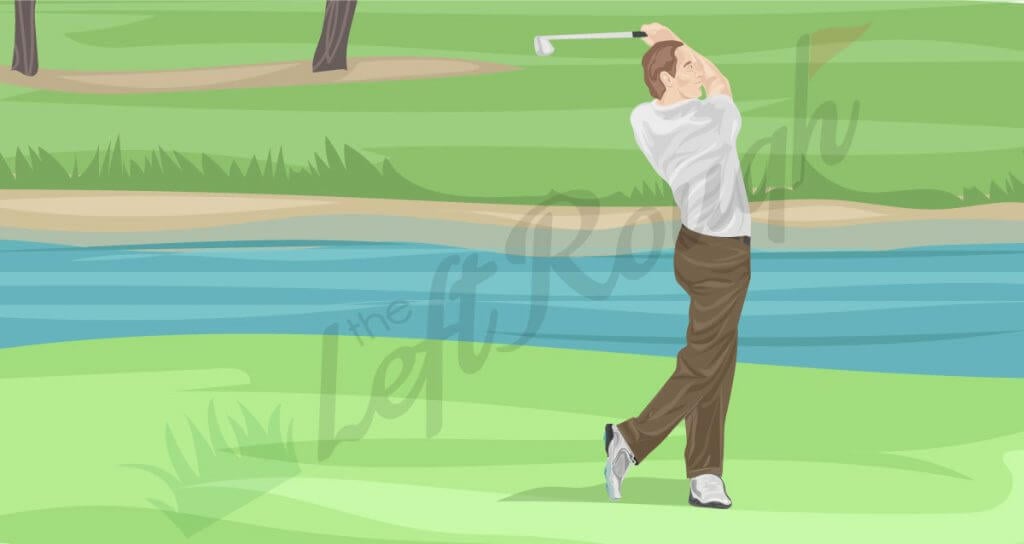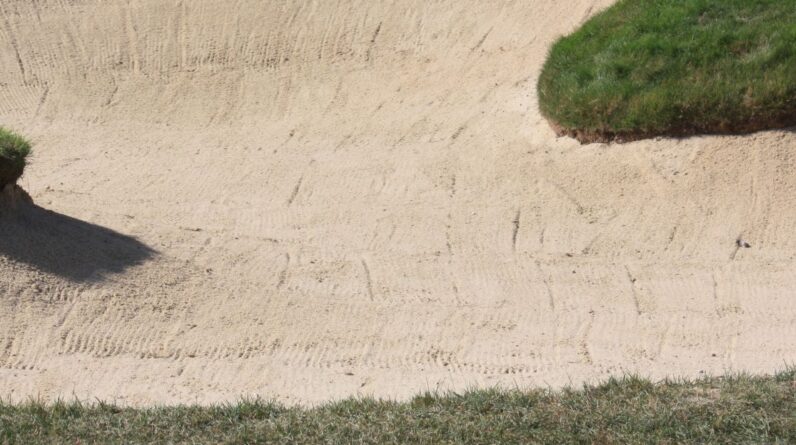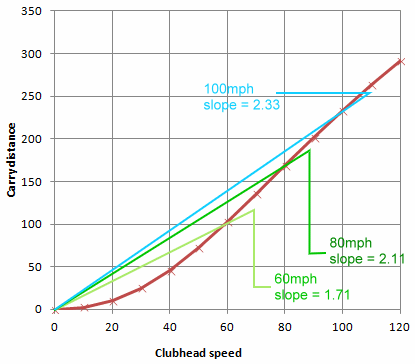In the pursuit of achieving consistent distance control, the role of tempo cannot be underestimated. Tempo, the pace at which a golfer swings their club, plays a crucial role in determining the accuracy and distance of their shots. The way you control and maintain your tempo throughout the entire swing has a direct impact on the outcome of your shots, making it an essential factor to understand and master. So, whether you’re a beginner or a seasoned golfer looking to improve your game, understanding the significance of tempo is key.

Understanding Tempo
Definition of Tempo
Tempo, in the context of the golf swing, refers to the pace or speed at which a golfer executes their swing. It encompasses the rhythm, timing, and overall flow of the swinging motion. In simpler terms, tempo can be seen as the cadence or beat of the swing, determining the smoothness and control with which the club is brought back and through the ball.
Importance of Tempo in Golf Swing
Tempo is a fundamental aspect of the golf swing that greatly affects a golfer’s ability to achieve consistent distance control. It is crucial for a golfer to maintain a balanced and consistent tempo throughout their swing, as it influences the efficiency and accuracy of their shots.
The Relationship Between Tempo and Distance Control
Consistency in Swing Mechanics
One of the key aspects impacted by a golfer’s tempo is the consistency of their swing mechanics. Maintaining a consistent tempo helps ensure that each part of the swing, from the backswing to the downswing and follow-through, is executed in a repeatable manner. This consistency allows for a more predictable and reliable ball flight, leading to improved distance control.
Timing and Rhythm
Tempo is closely linked to timing and rhythm in the golf swing. A proper tempo allows a golfer to synchronize their body movements with the swinging motion, promoting a smooth and coordinated action. When the timing and rhythm are in harmony with the tempo, it becomes easier to generate the necessary power and accuracy needed for consistent distance control.
Impact on Clubhead Speed
Clubhead speed is a vital factor in achieving distance in golf. Interestingly, the tempo of a golfer’s swing can significantly impact their clubhead speed. When the tempo is too fast or rushed, it can lead to a loss of control and reduced clubhead speed. On the other hand, a slower, more controlled tempo can allow for better timing, resulting in increased clubhead speed and more consistent distance control.
Factors That Influence Tempo
Physical Fitness and Flexibility
Physical fitness and flexibility play a significant role in determining an individual’s tempo. A golfer who is in good physical condition and has a high level of flexibility can execute a smoother and more rhythmical swing. Additionally, a fit golfer can maintain their tempo throughout the round, avoiding fatigue-induced variations in their swing mechanics.
Club Selection and Length
The choice of clubs and their respective lengths can also impact a golfer’s tempo. Different club lengths require varying amounts of time to complete a full swing. For example, a longer driver may require a slightly slower tempo to synchronize the swing properly, while a shorter iron may require a slightly faster tempo. Understanding how club selection affects tempo is crucial for achieving consistent distance control with each club in the bag.
Experience and Skill Level
Experience and skill level are factors that also influence a golfer’s tempo. Beginner golfers may struggle with finding the right tempo as they are still developing their swing mechanics. As they gain experience and refine their skills, they tend to establish a more natural and consistent tempo. It is important to recognize that individual tempo can vary among golfers, and finding the optimal tempo for one’s own swing is a key aspect of maximizing distance control.
Developing Proper Tempo
Importance of a Pre-Shot Routine
Developing a proper tempo starts with establishing a pre-shot routine. A pre-shot routine helps create consistency and sets the stage for a balanced and controlled swing. It allows golfers to mentally and physically prepare themselves before executing the swing, ensuring that they are in the right state of mind to establish and maintain their desired tempo.
Finding the Right Rhythm
Finding the right rhythm is essential for developing proper tempo. Golfers can achieve this by practicing with a metronome or by visually imagining a consistent beat or rhythm in their swing. By establishing a rhythm that feels comfortable and natural, golfers can develop muscle memory and a consistent tempo over time.
Incorporating Tempo Drills
Incorporating tempo drills into practice sessions can greatly enhance a golfer’s ability to control their swing tempo. One effective drill is the “one-two-three” drill. While swinging, golfers can mentally count “one” during the backswing, “two” at the top of the swing, and “three” on the downswing. This drill helps ingrain a consistent tempo and encourages a smooth transition from the backswing to the downswing.
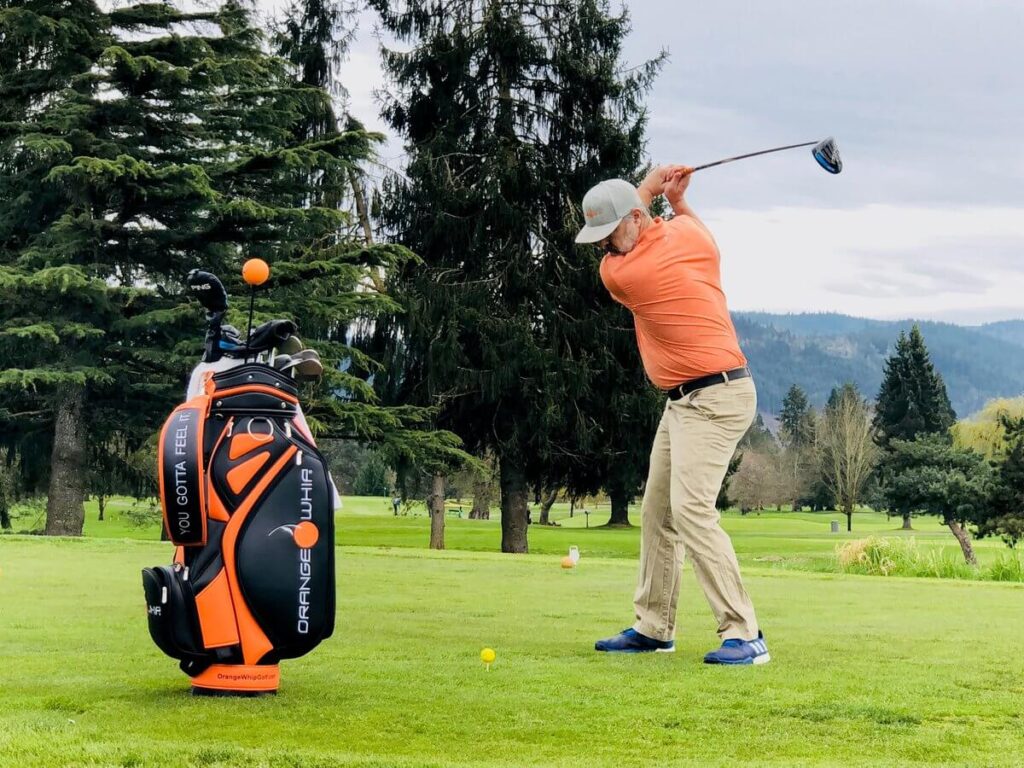
Using Tempo for Distance Control
Controlling the Backswing
Controlling the backswing is crucial in using tempo to achieve consistent distance control. A rushed or overly fast backswing can disrupt the overall rhythm and timing of the swing, leading to inconsistent shots. By maintaining a smooth and controlled backswing, golfers can set themselves up for a well-timed and consistent downswing, resulting in optimal distance control.
Maintaining Consistent Downswing Speed
In addition to controlling the backswing, maintaining a consistent downswing speed is equally important for distance control. The tempo of the downswing influences the acceleration and speed at which the clubhead strikes the ball. By having a steady and well-paced downswing, golfers can ensure that the clubhead is delivered to the ball with maximum power and control, resulting in reliable distance control.
Balancing Power and Control
Proper tempo allows golfers to find the delicate balance between power and control. A controlled tempo ensures that power is generated efficiently from the ground up through the kinetic chain, allowing for maximum energy transfer to the clubhead. By mastering the balance of power and control through the appropriate tempo, golfers can achieve consistent distance control with every swing.
Analyzing Swing Tempo
Technology and Swing Analysis
Advancements in technology have made it easier to analyze and measure swing tempo. Golfers can use video analysis software to break down their swings and identify any inconsistencies or variations in tempo. This allows them to make necessary adjustments and understand the impact of tempo on their swing mechanics, ultimately leading to improved distance control.
Measuring Tempo with Launch Monitors
Launch monitors can provide valuable data on swing tempo and its effects on ball flight. These devices measure various parameters during the swing, including clubhead speed, tempo, and timing. By analyzing the data provided by launch monitors, golfers can gain insights into their tempo and make the necessary adjustments to optimize distance control.
Feedback from Instructors
Seeking feedback from experienced golf instructors is another effective way to analyze swing tempo. Instructors can observe a golfer’s swing and provide valuable insights and recommendations for improving tempo. They can offer specific drills and exercises tailored to the golfer’s needs, helping them develop a consistent and effective tempo for better distance control.
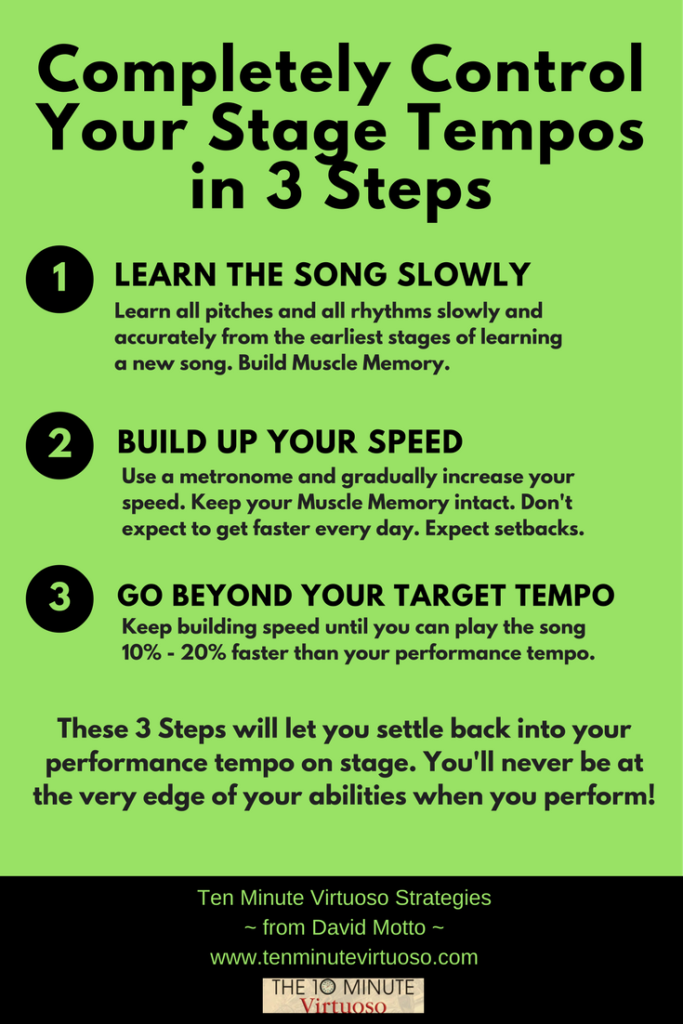
The Mental Aspect of Tempo
Managing Pressure and Nerves
Tempo plays a crucial role in managing pressure and nerves on the golf course. When under pressure, golfers may be tempted to rush their swings, resulting in loss of control and inconsistent distance control. By focusing on maintaining a steady and controlled tempo, golfers can better manage their emotions and execute shots with confidence and composure.
Maintaining Focus and Concentration
A proper tempo helps golfers maintain their focus and concentration throughout a round. By establishing a consistent rhythm and tempo, golfers can stay in the present moment and avoid becoming distracted or overwhelmed by external factors. This heightened level of focus ultimately contributes to improved distance control and overall performance.
Developing a Tempo-focused Mindset
Developing a tempo-focused mindset involves understanding the importance of tempo and incorporating it into every aspect of the game. By implementing tempo into practice sessions, warm-ups, and on-course play, golfers can engrain the concept of tempo into their mental framework. This mindset allows golfers to remain consistent and disciplined in their tempo, resulting in more consistent distance control.
Common Mistakes Regarding Tempo
Rushing the Swing
One common mistake golfers make regarding tempo is rushing their swing. The desire for power or the inability to stay patient can lead to a fast and erratic swing tempo. Rushing the swing not only compromises distance control but also affects the overall accuracy and consistency of shots. Taking the time to establish and maintain a controlled tempo is essential in avoiding this mistake.
Overemphasis on Power
Another mistake related to tempo is overemphasizing power at the expense of tempo and rhythm. Golfers may believe that swinging harder equates to greater distance, but this is not always the case. When tempo is sacrificed in pursuit of power, it can lead to a loss of control and inconsistent distance control. Striking the right balance between power and tempo is crucial for optimal performance.
Neglecting Tempo in Practice
Some golfers may neglect the importance of tempo in their practice routines. They may focus solely on technical aspects of the swing or spend excessive time on the driving range without paying attention to their tempo. Neglecting tempo in practice can hinder a golfer’s ability to develop good rhythm and timing. Incorporating tempo-specific drills and exercises into practice sessions is essential for improving distance control.

Case Studies and Professional Insights
Tempo Examples from Professional Golfers
Professional golfers serve as excellent case studies to observe tempo in action. Players like Ernie Els and Fred Couples are known for their smooth and rhythmic swings, showcasing the optimal tempo required for consistent distance control. By studying their swing velocities and the tempo at which they execute their shots, recreational golfers can gain valuable insights into the impact of tempo on distance control.
Tips and Advice from Golf Instructors
Experienced golf instructors often provide valuable insights and advice related to tempo. These professionals have observed numerous swings and worked with golfers of all skill levels, allowing them to recognize patterns and offer effective strategies for improving tempo. Their tips may include specific drills, visualization techniques, or swing thoughts that can help golfers develop and maintain a consistent tempo for better distance control.
Importance of Consistent Distance Control
Impact on Scoring
Consistent distance control directly impacts a golfer’s scoring ability. By having a reliable sense of distance with each club, golfers can make more accurate club selections and distance estimations. This precision allows them to strategize their shots better, resulting in more greens hit in regulation and shorter putts. Ultimately, consistent distance control can lead to lower scores and improved overall performance.
Precision in Club Selection
Understanding and controlling distance with each club in the bag is crucial for precision in club selection. By having a consistent tempo, golfers can develop a reliable sense of the yardages they achieve with each club. This knowledge enables them to make informed decisions when choosing the appropriate club for a particular shot, considering factors such as wind, hazards, and green conditions. Consistent distance control aids in avoiding costly errors and optimizing scoring opportunities.
Building Confidence in the Game
Consistent distance control is closely tied to building confidence on the golf course. When a golfer knows they can rely on their tempo to execute shots consistently, they approach each swing with greater confidence and belief in their abilities. This positive mindset translates into improved focus, decision-making, and overall performance. Building confidence through consistent distance control allows golfers to approach all aspects of the game with a higher level of self-assurance.
